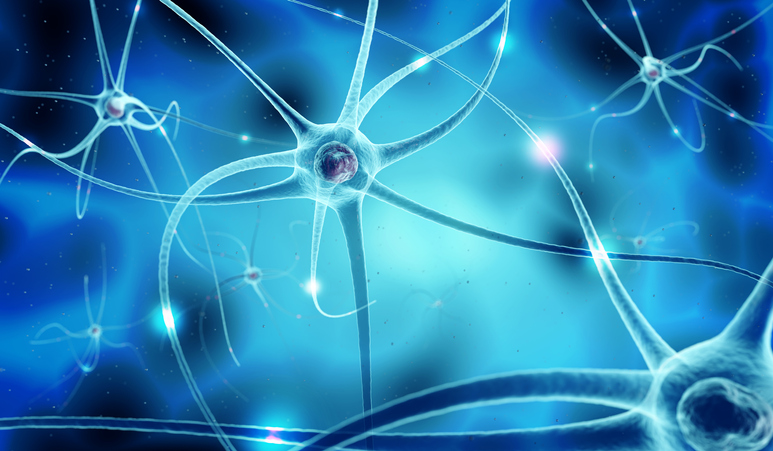Pain
Neuromatrix Theory of Pain

The neuromatrix theory of pain was introduced by Dr. Ronald Melzack in the 1990s. It is an extension of the gate control theory of pain, which Melzack developed with Dr. Patrick Wall in the 1960s. The neuromatrix theory suggests that pain is produced by patterns of nerve impulses. These impulses come from a neural network in the brain known as the “body-self neuromatrix.” Everybody has their own distinct neuromatrix created through genetics and modified over time through sensory experience and memory. The neuromatrix determines how pain is experienced.
Patterns of nerve impulses can be triggered by a painful stimulus, such as an injury or illness; however, they can also be triggered by other factors, such as chronic stress. The theory offers an explanation for pain conditions, such as phantom limb pain and chronic pain syndromes, that occur without a specific painful stimulus. For example, with phantom limb pain, when the neuromatrix does not receive input from a missing limb, abnormal “neurosignatures” (patterns of activity) in the brain occur. These abnormal neurosignatures result in phantom limb pain.
In light of the neuromatrix theory, treatment of pain involves removing chronic stress or other factors that may be triggering the neuromatrix. Treatment focuses on reassurance that the body is not in danger. It also involves exposure to both sensory and non-sensory inputs that trigger the neuromatrix, with the goal of adapting the response of the neuromatrix, reducing or eliminating pain caused by those specific inputs.


















